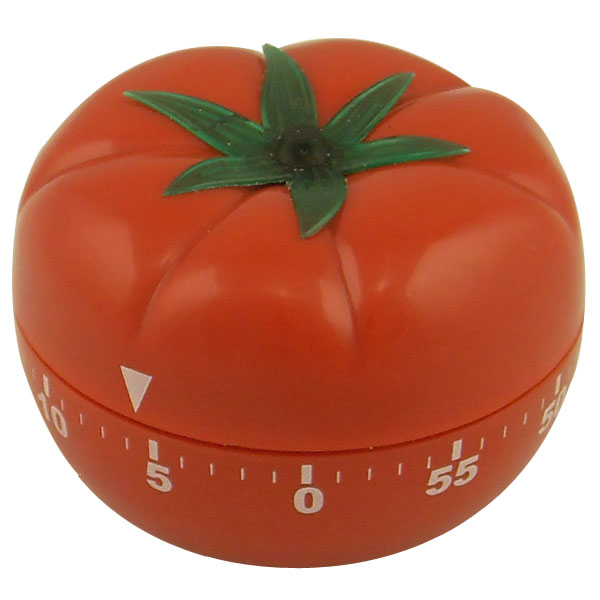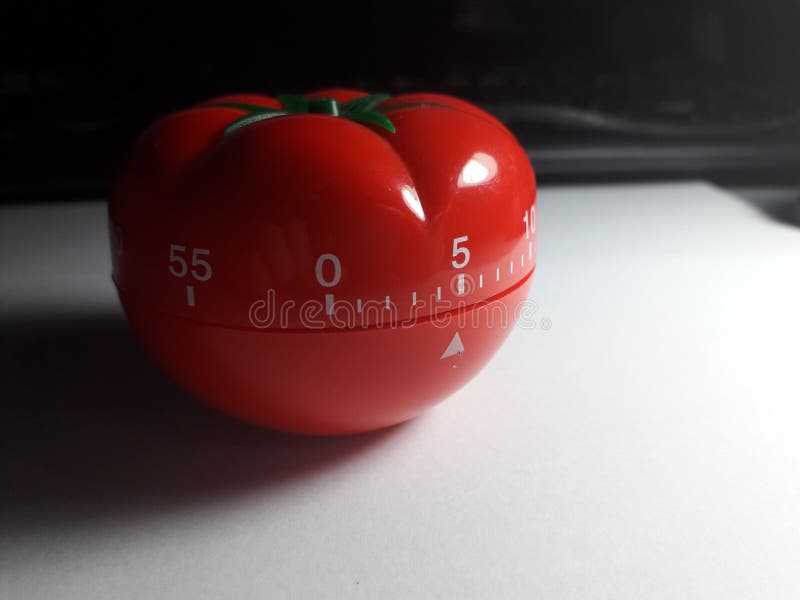

REACT TOMATO TIMER REDUX HOW TO
I did not know how to directly add a script file in. I wanted to test my solution using a script file that FreeCodeCamp had provided. Importing a script into a React component Now we can call the audio methods on this reference within the component's lifecycle: We create a ref variable in the component: I couldn't directly access the audio element in my React component to use its methods. The tag allows the user to specify a source, then there are DOM methods, that allow playing, stopping and restarting the source audio.

A new HTML element was added in HTML5 that does what I need. I needed to play a beep sound when the time runs out. There is also a setInterval method which works similarly, but happens an infinite number of times or until clearInterval is called. I could put this in a loop to do it the number of times defined in the session length. It then calls the method after the specified time. This method takes a method as a parameter and a time in milliseconds. I was able to do this using the setTimeout Javascript method.
REACT TOMATO TIMER REDUX UPDATE
I wanted a way to get the timer to update every second. Calling the tick method from the callback made the timer start ticking as expected. Here we can add behaviour that will happen immediately after isRunning is set to true. To combat this, the setState method has a callback parameter. This did not work because the setState changes are asynchronous, so the tick method was acting as though isRunning was false. I initially started the timer after setting the state. I had a situation where I wanted to start the timer after setting isRunning to true. Redux helps apps to scale by providing a sensible way to manage state through a unidirectional data flow model. It allows React components to read data from a Redux Store, and dispatch Actions to the Store to update data. Therefore my usage was second.padStirng(2, '0'), which adds zeroes to the seconds output to ensure it is always a 2 digit number. React Redux is the official React binding for Redux. It takes a number and a string as parameters, then adds copies of that string to the start until the entire string length is equal to the first parameter. Veja grtis o arquivo (JAVASCRIPT) - Learning React Functional Web Development with React and Redux enviado para a disciplina de Matemtica Categoria: Aula. I found this string method useful when I was counting down to single seconds, but wanted them to display with a leading zero. I picked up some new things while working on this project. The aim of this app is to help you focus on any task you are working on, such as study, writing, or coding. The session and break lengths can be altered, and the timer can be stopped and reset: A customizable pomodoro timer built with React, Redux, & Firebase 1 min read Pomofocus Clone Pomofocus is a customizable pomodoro timer that works on desktop & mobile browser. tip We recommend using the React-Redux hooks API as the default approach in your React components. The task involved creating a Pomodoro timer, which counts down from a predefined number of session minutes, then switches to a break timer, which counts down a specified break length. React Redux includes its own custom hook APIs, which allow your React components to subscribe to the Redux store and dispatch actions.
REACT TOMATO TIMER REDUX CODE
Thanks in advance for your time and help ! Much appreciate it.I recently created a Pomodoro timer in React, as part of the Free Code Camp front end course. Selector functions take the entire store state as an argument, and return a value based on that state. The useSelector hook lets React components read data from the store. React-Redux is installed as a separate react-redux package.

We had to double-tap pretty hard to get it to respond and found assigning. React-Redux is the official Redux UI bindings library for React. Let's say that I would like to use Recoleta Bold.otf inside a text part in AppScreen.js 00 The TimeFlip2 combines task tracking and Pomodoro timer in a 12-sided cube. Here the fonts I've added into asset/fonts folder In my case I've added 26 fonts (see picture) : I am looking to add fonts on all the project. I have added all the fonts I wanted into assets/fonts folder but even if there are a lot of examples (documentation: ) on how to do it I still not have found the solution.Īt this moment I am using two Main scripts (App.js and AppScreen.js) I am having issues using downloaded fonts into my Expo project.


 0 kommentar(er)
0 kommentar(er)
